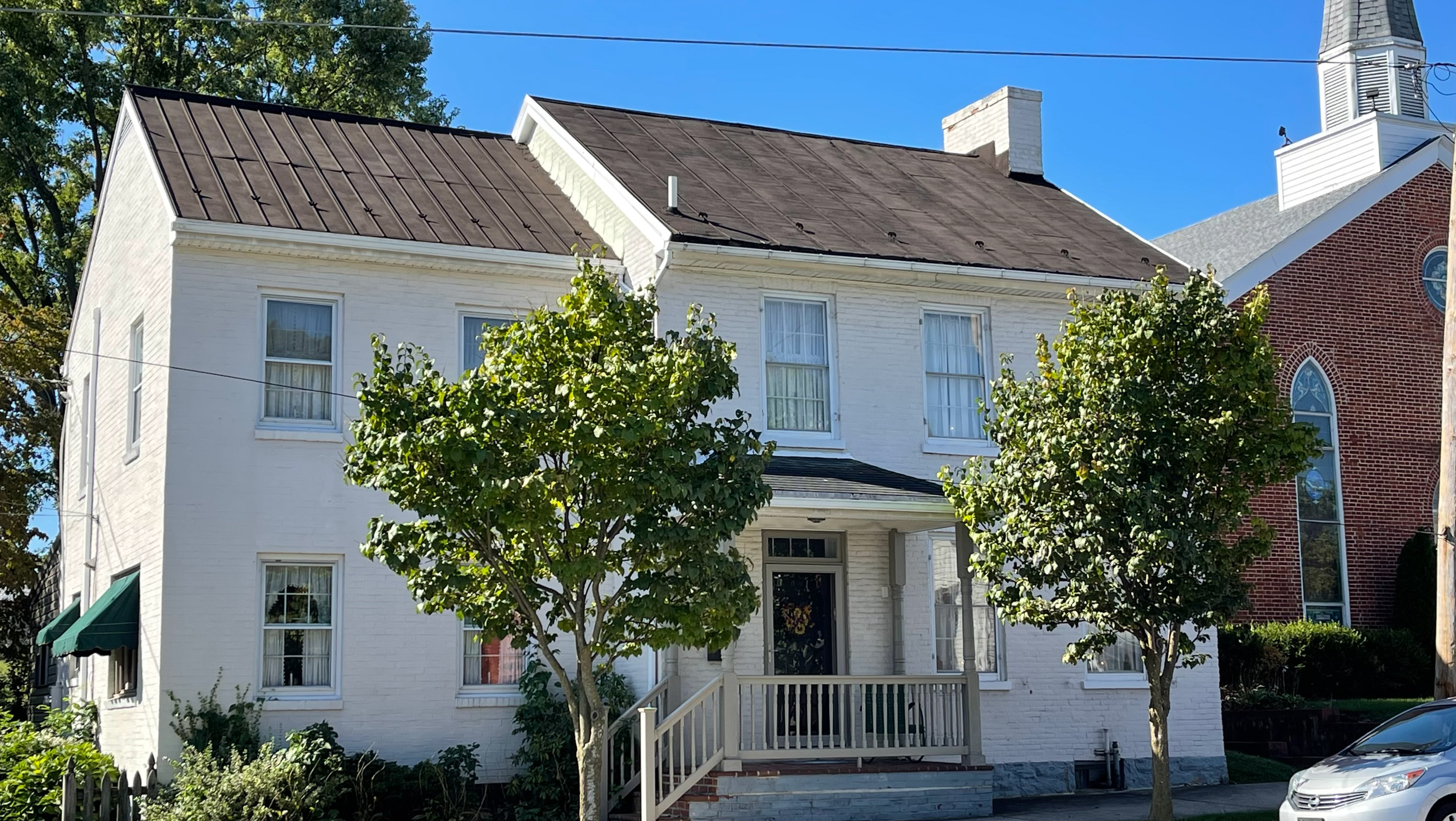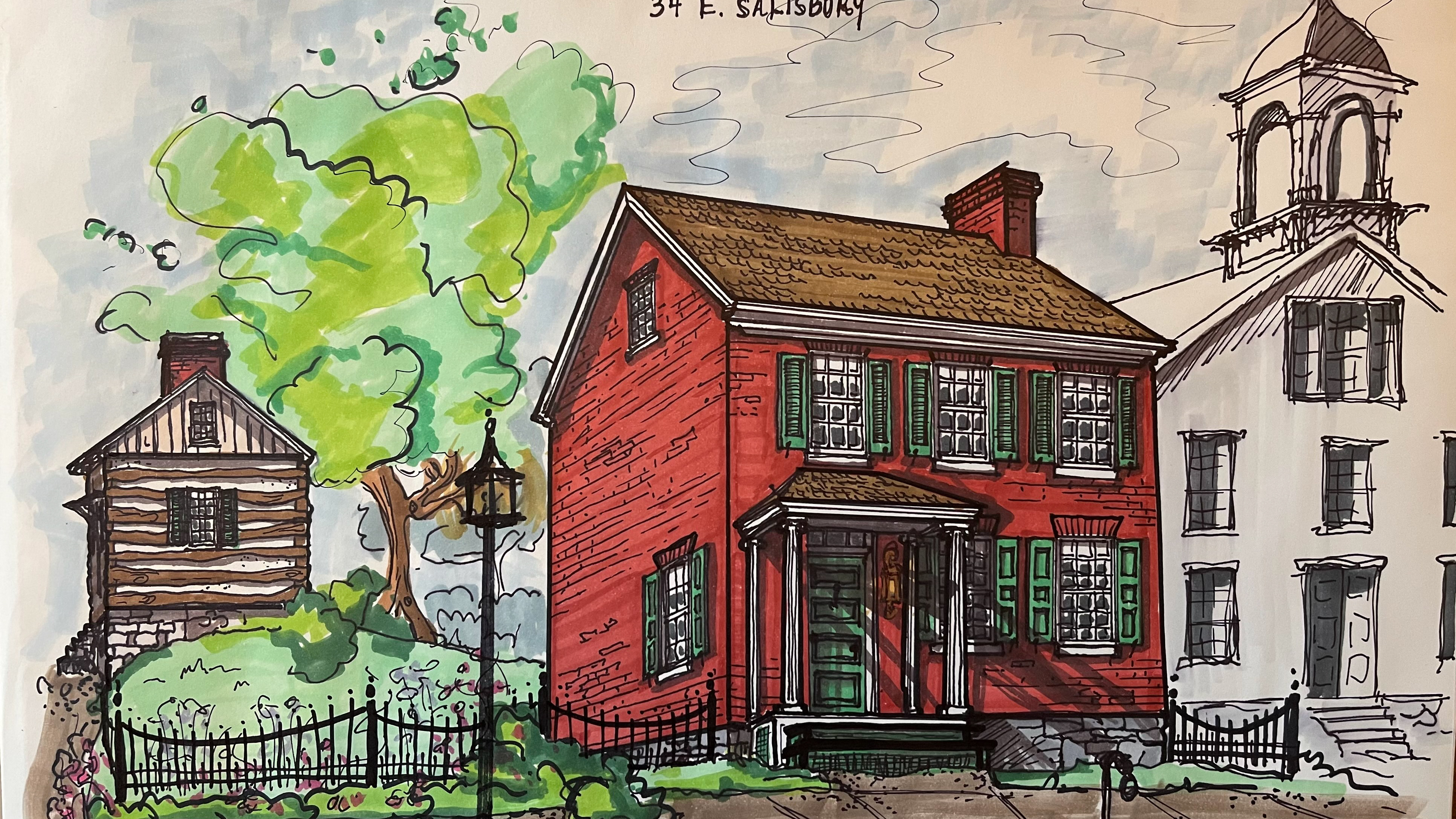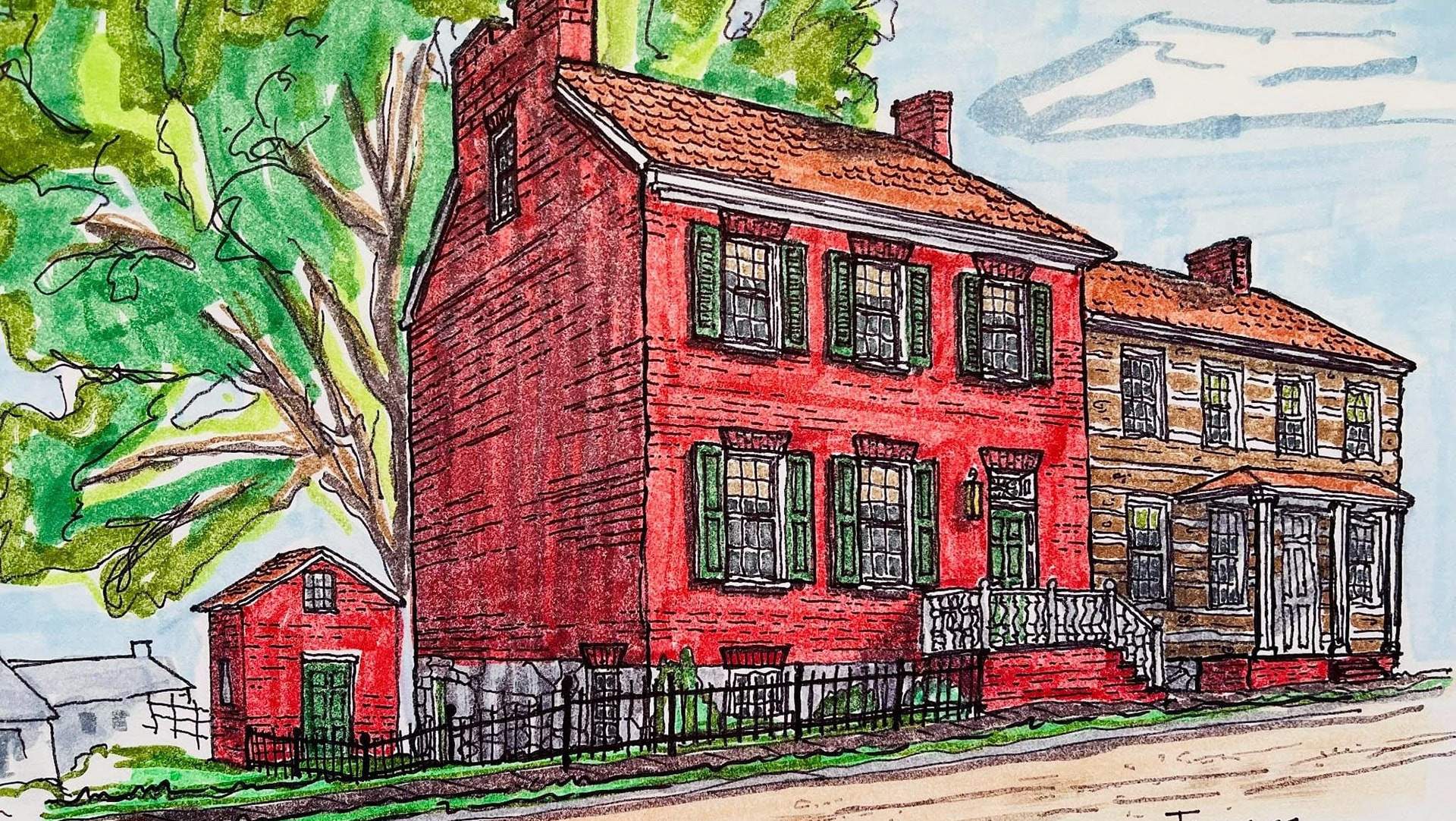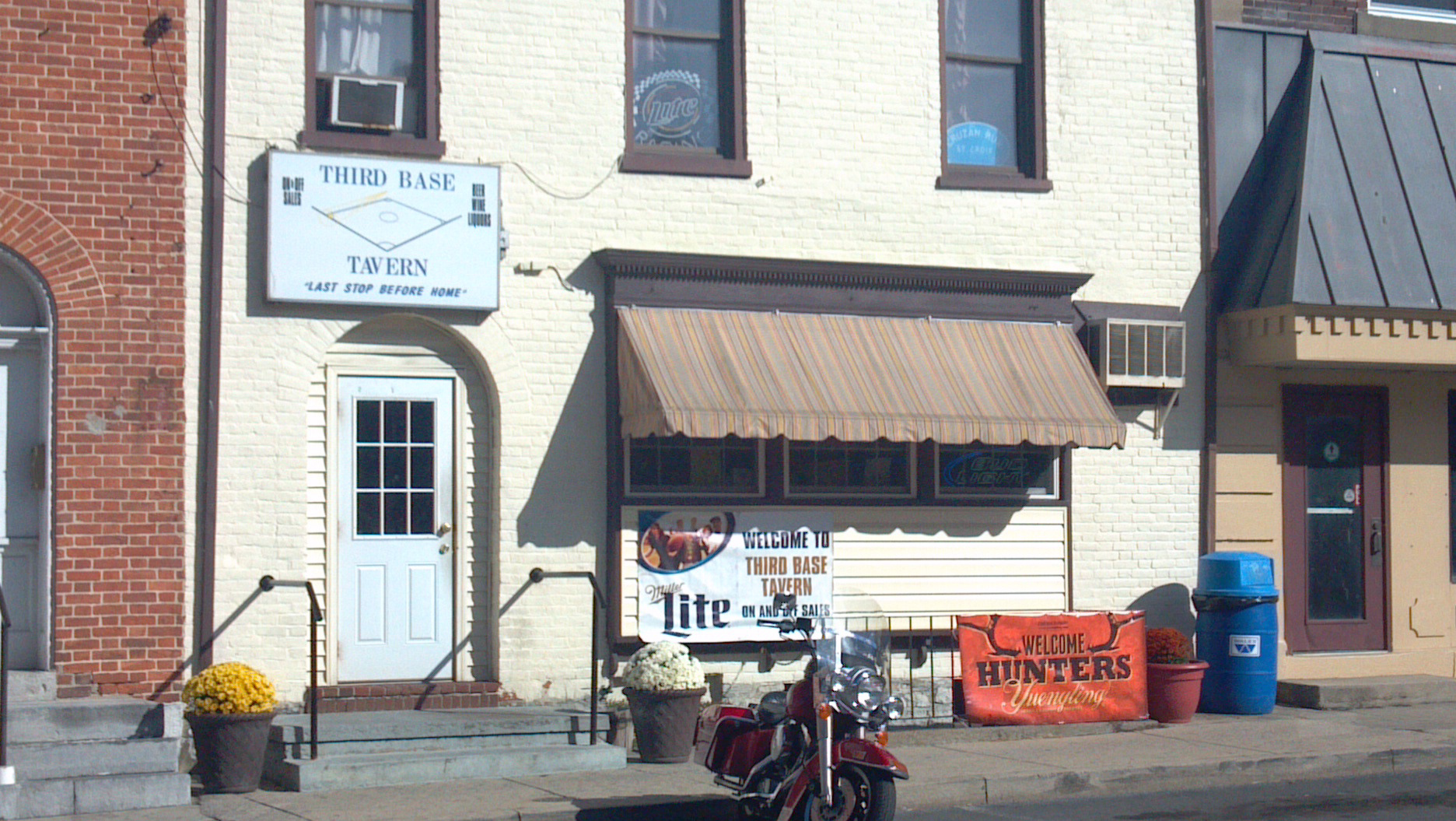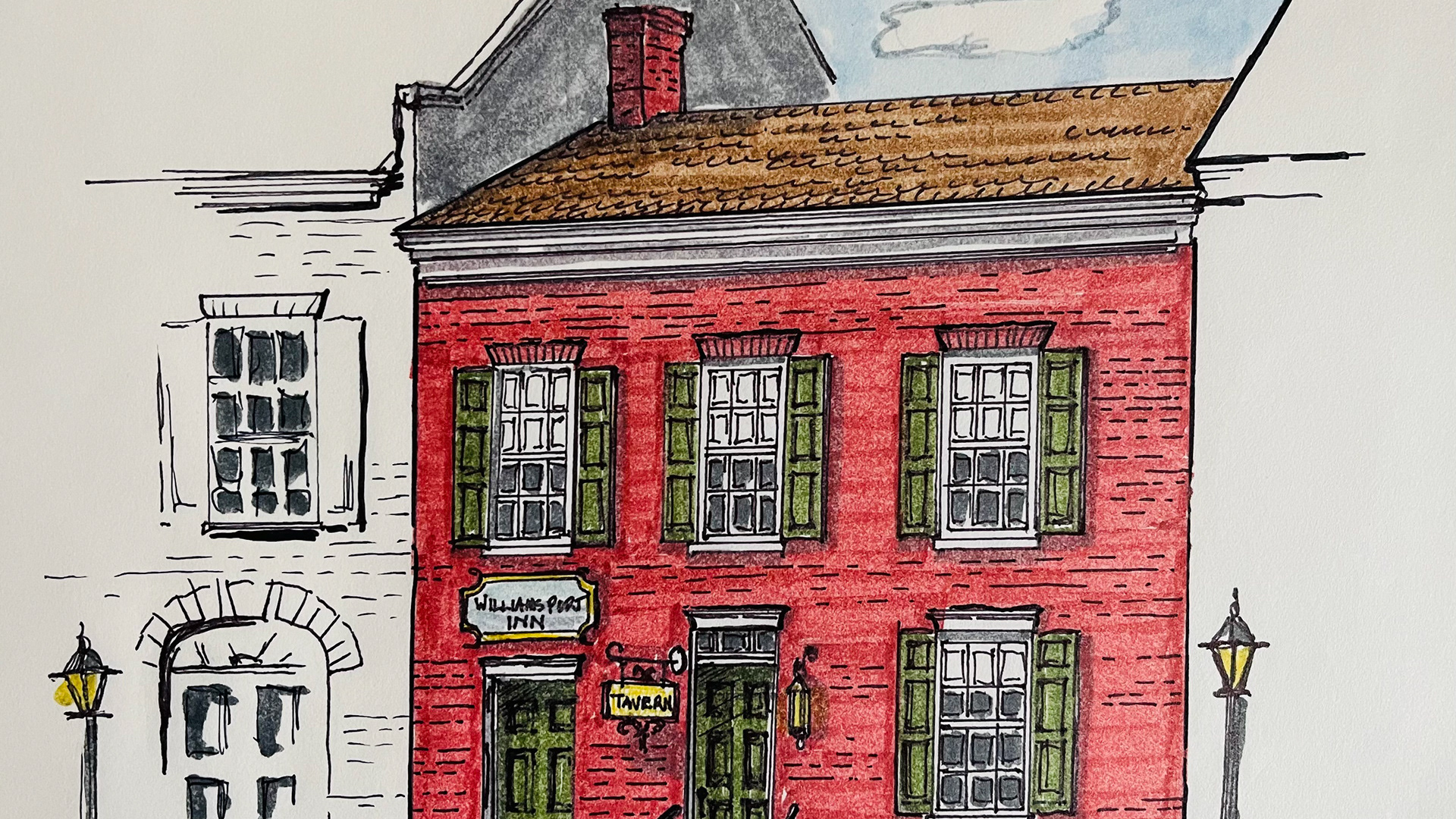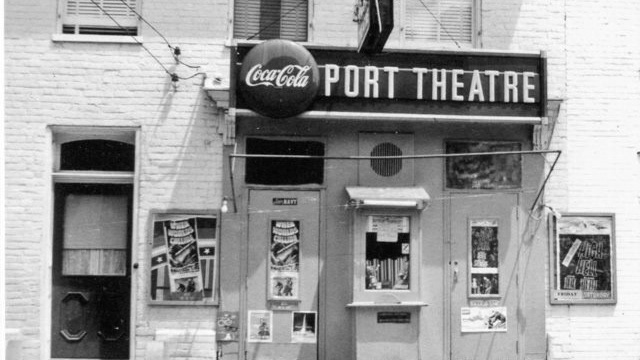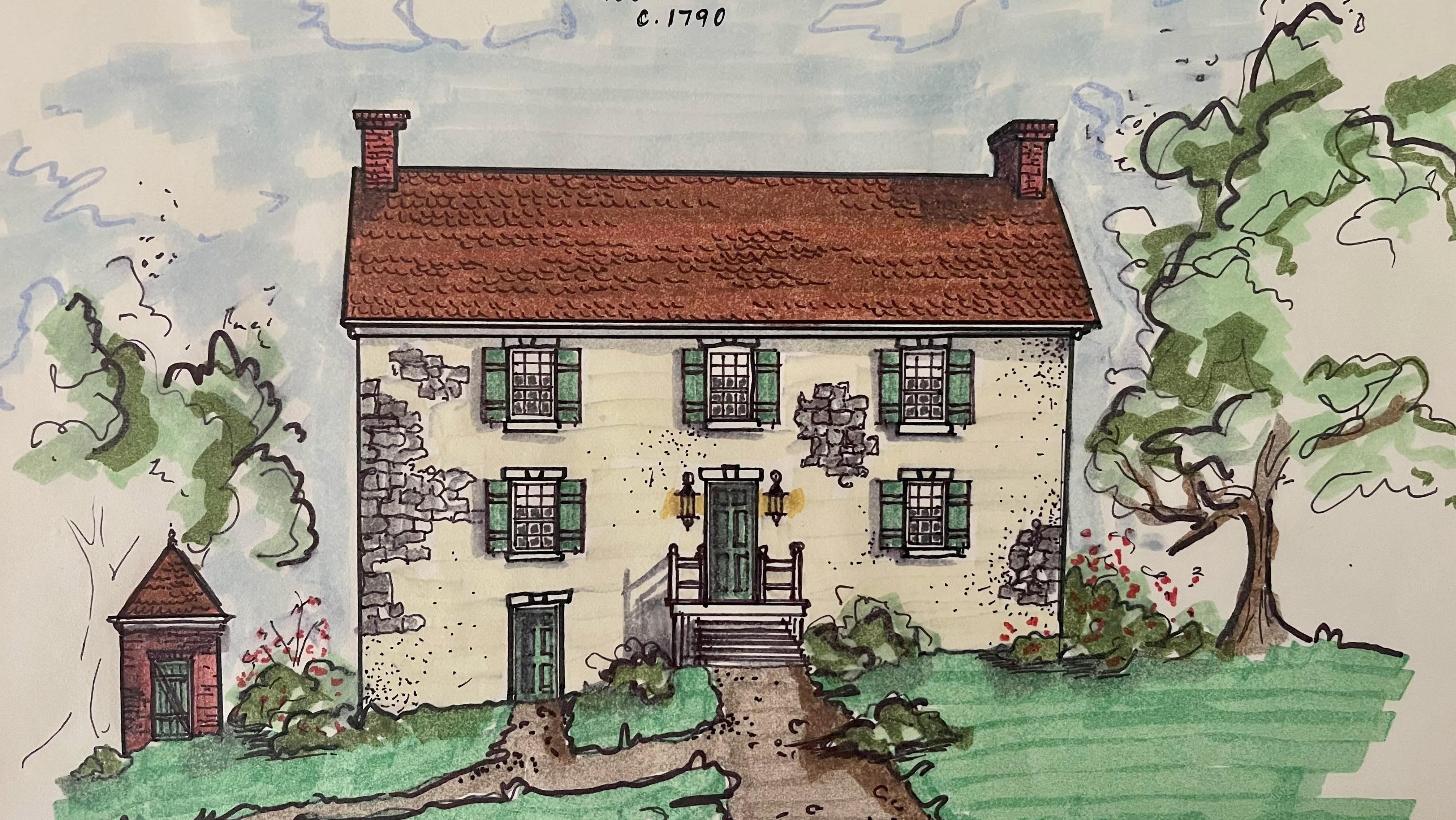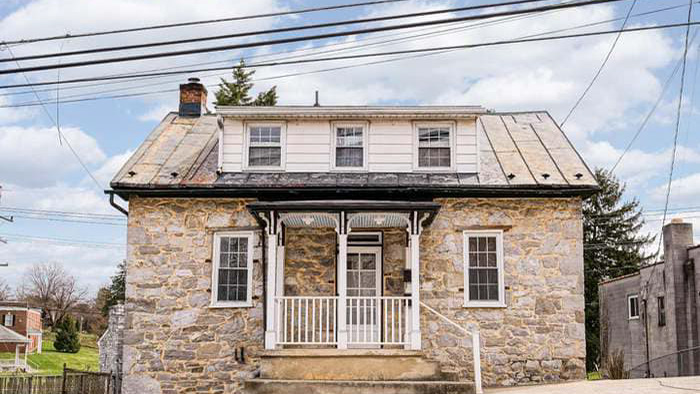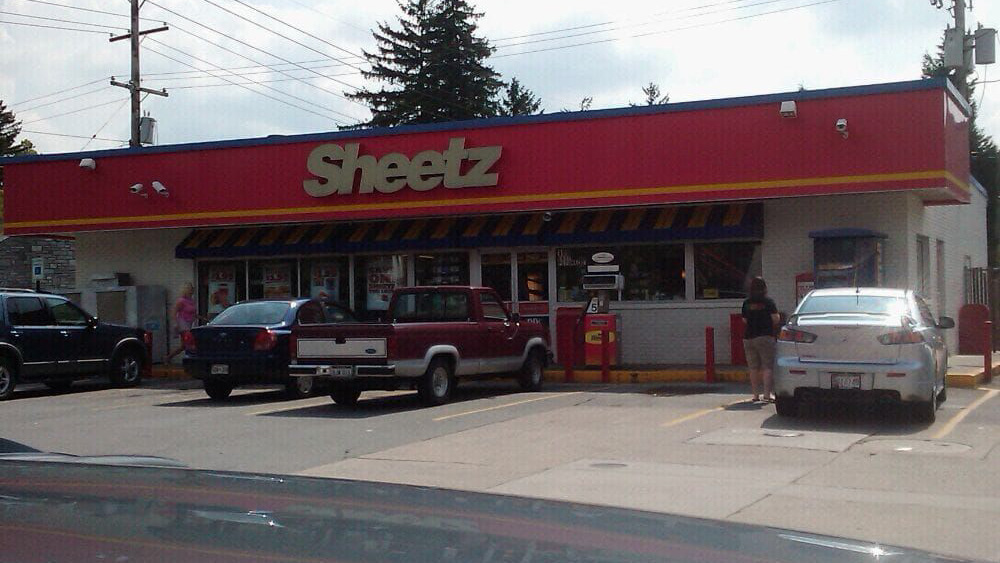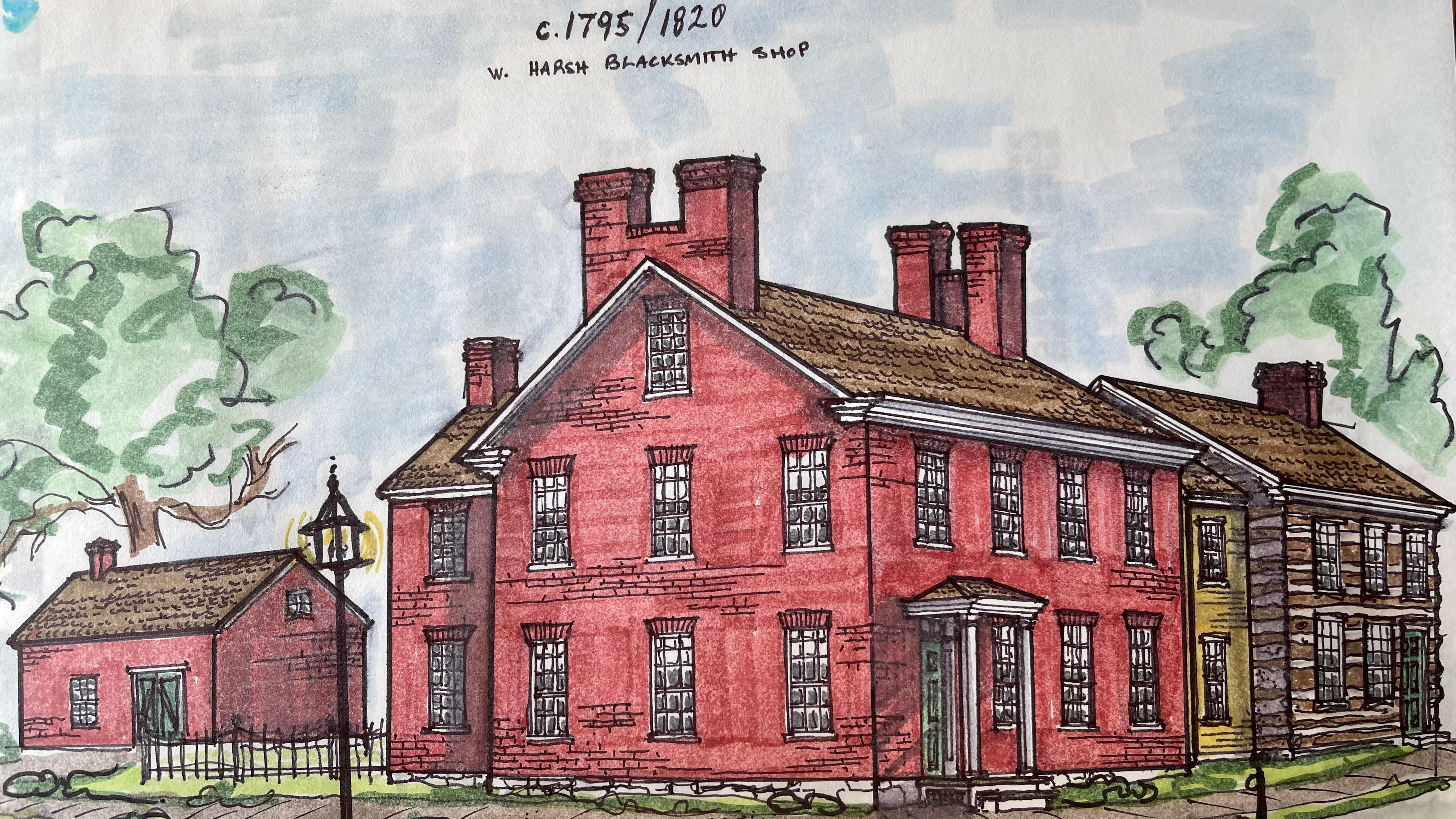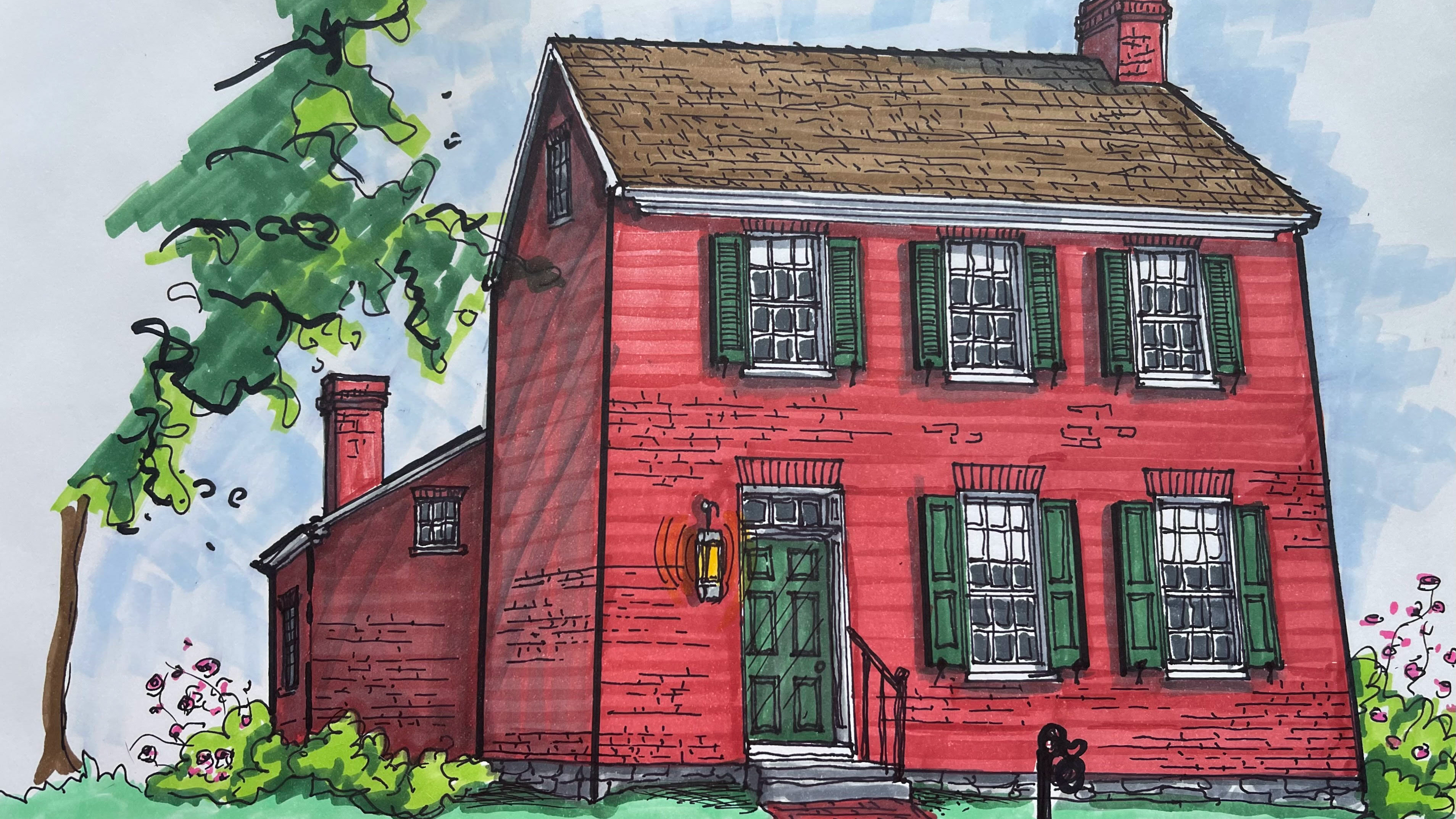On the east side of North Vermont, situated on ground well above the street, sits a small, unassuming three-bay, one-and-a-half-story log house painted white and sheathed in mid-century asbestos shingle. The roof has an aluminum color standing seam metal roof. A large, tall chimney crowns the end gable at the southern elevation. One would not know it in passing, but this house is probably the best surviving example of an early, working-class log home built to the exact specifications Otho Holland Williams required for his original lots. This fact makes it exceedingly rare, at least for the history of Williamsport, a step back in time, if you will. General Williams required all lots leased to be improved with a good post and rail fence and a house of at least twenty by twenty-five feet, which is the exact dimensions of this house. Williams required the buildings to be erected of stone, brick, hewed log or frame, and a sound masonry chimney. In other words, General Williams had standards for his new town; he expected quality and wrote it into his leases.
Original lot 58 sits along North Vermont Street close to the canal on the western side of town. The west portion of town sits at a much lower elevation than the eastern section. Due to the worry of flooding and the proximity to the industrial business near the canal, these lots were generally less expensive than the ones "on the hill." Therefore, many of the early homes constructed were typically inhabited and rented by canal workers or laborers. In fact, throughout my research, a fair amount of the houses on the western streets were indeed rental properties owned by wealthier citizens such as the Steffey, Shoop, Wiesel, Towson, Van Lear, or Wolf families.
Dr. Henry Schnebly (1728-1805) was the first to lease lot 58 from General Williams in 1797 for the standard terms. Schnebly was born in Switzerland and immigrated to the British Colonies around 1750, settling in Hagerstown. He married Elizabetha Schaeffer (1735-1795) in Hagerstown in 1753; his occupation was listed as a surgeon. Dr. Schnebly was among the earlier settlers of what is now Washington County. When duty came knocking in 1776, Henry fought in the Revolutionary War to defend his adopted nation. Dr. Henry Schnebly did not live in Williamsport but resided at his "Garden of Eden" estate five miles north of Hagerstown. However, Dr. Schnebly had his eye on investments in the newly formed town of Williamsport, which was fast becoming an export powerhouse. In the years following, he would also purchase lots 57 and 59, owning nearly half the block. When Henry died in 1805, he left his sons Daniel and John control of this property. Daniel and John renewed the lease of the lots in 1811. Henry may not have improved the lot as promised, as the 1811 lease states the lots must be improved by 1814, or else the Williams family will take control.
Taking the lease literally, we can easily say that Daniel and John had the current log home constructed around 1811 or 1812. The Schnebly Family went on to leave a long legacy in Washington County, holding high offices and becoming prolific landowners.The subsequent owners were Adam Shoop and John Hogg, who purchased the house and adjoining lots in 1838 for $250. Shoop, a merchant and owner of a large lumber mill in Williamsport, made his home at the Banking Mansion with his wife, Susanna Weisel. John Hogg, also a merchant, was one of the early settlers and was instrumental in early Williamsport Banking, having been on the board of the Conococheague Bank, which built the Banking Mansion in 1814. The Shoops were also instrumental in establishing the first Black School in Williamsport, loaning Reverend Ceasar Peters the capital to build it.
The next family to own the property for any length of time was the McMullens. Washington and Mary McMullen purchased the house and lot 58 from Adam Shoop in 1862. Washington McMullen (b.1831) was a boatman on the canal. The 1870 census shows Washington living in the house with his wife? Mary (b.1845) and their two young sons, William and Harry. Washington was the captain of the C&O Canal for more than 30 years. An 1864 record has Washington McMullen & Bros. as the owner of the "Turner," based in Williamsport. The boat was 90'6" long and 14'6" wide. Later on, like many C&O Canal boats of the 1870s, his new boat was built by Doerner & Bender in 1872 and owned by the American Coal Company. Records of him still commanding his canal boat stretch well into the 1890s.
Washington McMullen was drafted into the Civil War in 1863 along with his younger brother Dennis. It is unclear how long they served. Washington McMullen was a member of the Odd Fellows in Williamsport at Aaron Hall. The McMullens may have struggled some in the early years, as tax records for 1863 show them as delinquent in payments on the house on lot 58. What happened to Mary is unclear, and the records are lost. There was a divorce at some point, rare for the mid-19th century.
Records of Washington's death are also unclear; however, Washington can be seen in the 1900 census, living in Hagerstown at the Bellevue Asylum aged 68, listed as single. Bellevue was an asylum for the poor, underprivileged, infirm, and the mentally ill. It appears that Washington suffered in his later years and is more than likely buried in the cemetery that accompanied Bellvue in an unmarked grave. Their young sons traveled west to Michigan, where they lived out their years.
Frank (1896-1967) and Airy (1897-1987) Ardinger purchased the small house in 1924 and used it as a rental property. The Ardingers ran a well-known grocery store at 2 N Vermont Street, at the northwest corner of Salisbury and Vermont. They lived above the store, which was also built in the late 18th or early 19th century. The historically rich building remains a rental property today.
This tiny home is an excellent record of a vital part of Williamsport's history. Not all important structures are grand in stature, but all important structures deserve our respect. Williamsport has many significant historic buildings remaining, but there is none to spare. Our wood, brick, and stone heritage is the very fabric of Williamsport; they deserve our respect and should be protected and respected.

